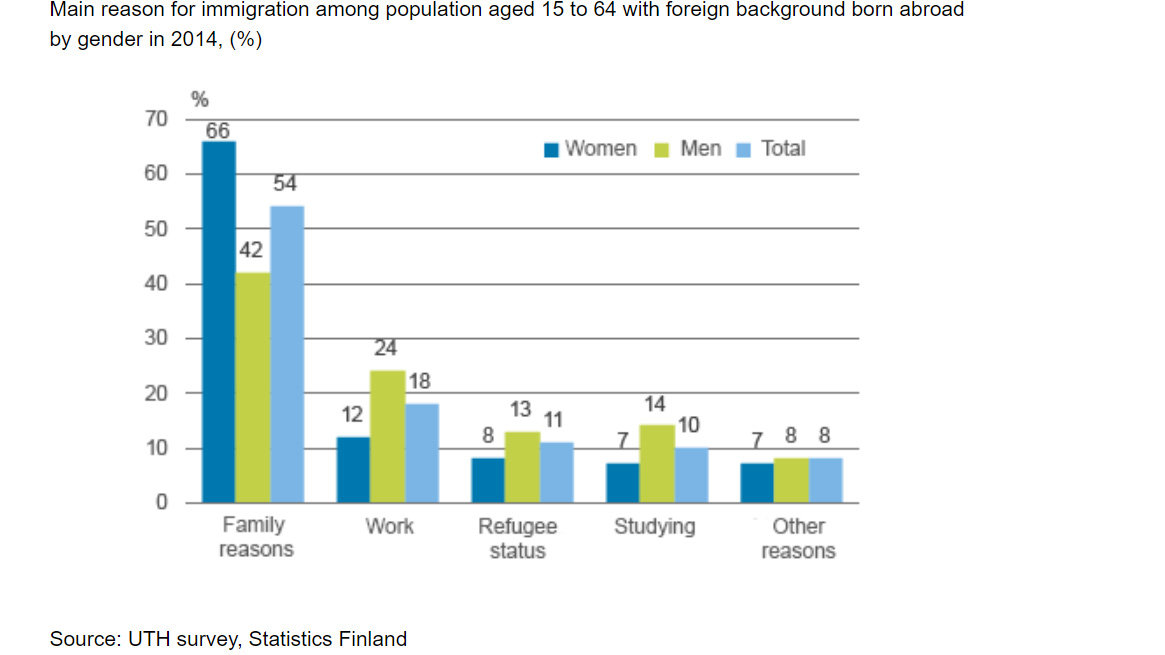Developed and economically stable countries always attract foreign people. Immigration is due to many reasons such as family ties, higher education, human rights abuses, better economic life or personal preferences.
Developed and growing countries also need talented people who can contribute to their continuous demand for skilled workers and help to promote businesses. Developed countries that attract immigrants from around the world with different cultural, social, ethnic, religious and financial backgrounds organize various programmes to integrate them into their own society and professional life.
Many countries build inclusive societies based on systemized immigration and integration procedures as both always go hand-in-hand for progressive economic growth. Every year, the OECD publishes reports related to immigrant integration. The last report was titled 'Settling In 2018: Indicators of Immigrant Integration'.
This report analysed the integration of immigrants based on a set of indicators. These integration indicators include employment rate, over qualification rate, poverty rate, overcrowding rate, health status, and acquisition of nationality rate.
The net scores indicate that Australia, New Zealand, Israel, and Canada have the best integration of immigrants compared to the scores of native people. This means these countries have outperformed in terms of all indicators mentioned above.
The situation is a bit different for Finland and other Nordic countries. Finland and Denmark based immigrant/native-born offspring outcomes compared with native-born/native-born parents are less favourable than on average in the OECD. In addition, Sweden and Norway have no statistically significant difference from the OECD average.
Strategy of top ranked countries
A closer look at the strategy of top ranked countries based on integration success rates such as Canada can help other countries improve their system of integration.
Canada’s integration policies are mainly based on concepts such as Canada being built on immigration, always evolving an approach to integration, settlement policies, citizenship and visa policies, multiculturalism policies and facing ongoing emerging challenges.
Australia, New Zealand, Israel, and Canada have the best integration of immigrants compared to the scores of native people; the situation is a bit different for Finland and other Nordic countries
About 70% of the Immigration, Refugees and Citizenship Canada (IRCC) budget was dedicated to settlement services which amount to around 1.2 billion CA $ (0.82 billion €).
Another aspect is the promotion of multiculturalism in Canada, which includes fostering the identities of immigrants to facilitate integration, helping minorities to overcome barriers to contribute to society, promoting exchanges between immigrants and local native communities and facilitating language acquisition to support participation.
The challenges in Finland
Finland has been facing challenges for decades regarding the integration of immigrants. Before looking at the integration process more deeply, a closer look at the types of immigrants coming to Finland is very important. A clear picture of the types of immigrants in Finland can help to make better policies.
According to a UTH survey on work and well being among people of foreign origin by Statistics Finland, around 54% of immigrants have moved to Finland due to family ties, 18% due to work-related reasons, 11% on humanitarian grounds, 10% for study and 8% for other reasons.

Figure 1 shows that more than 50% of immigrants moved to Finland due to family ties with Finns and Finland itself. A further breakdown showed that 66% are women and 42% men. Work, humanitarian grounds and study are all individually less than 20%
This means that more resources and programmes should be focused on the people who come due to family ties as they account for more immigration. In Canada alone, around 500 immigrant-serving organizations, school boards and other non-profit organizations deliver federally/provincially/municipality funded settlement services. Similar strategies have been adopted by Australia, Israel and New Zealand.
More resources and programmes should be focused on the people who come due to family ties, as they account for more immigration
Finland has been ranked for many years as the most innovative and happiest country in the world but still its integration process has not provided promising results over the last two decades. Internationalization is very important these days for any country in this global village but attracting talent will not solve many problems until Finland’s integration process has evolved.
There is a huge amount of highly skilled people coming every year due to family ties, work and for study. When these highly skilled immigrants are not able to integrate well into society due to multiple reasons they cannot contribute to the economy, population and society.
The systematic guiding system in which all stakeholders of integration can work together will be a game-changing step for the integration of immigrants in Finland. The starting point of ideal integration could be a well-coordinated system among all service providers and integration bodies.
This could help to not only integrate immigrants but also save resources and spending.










